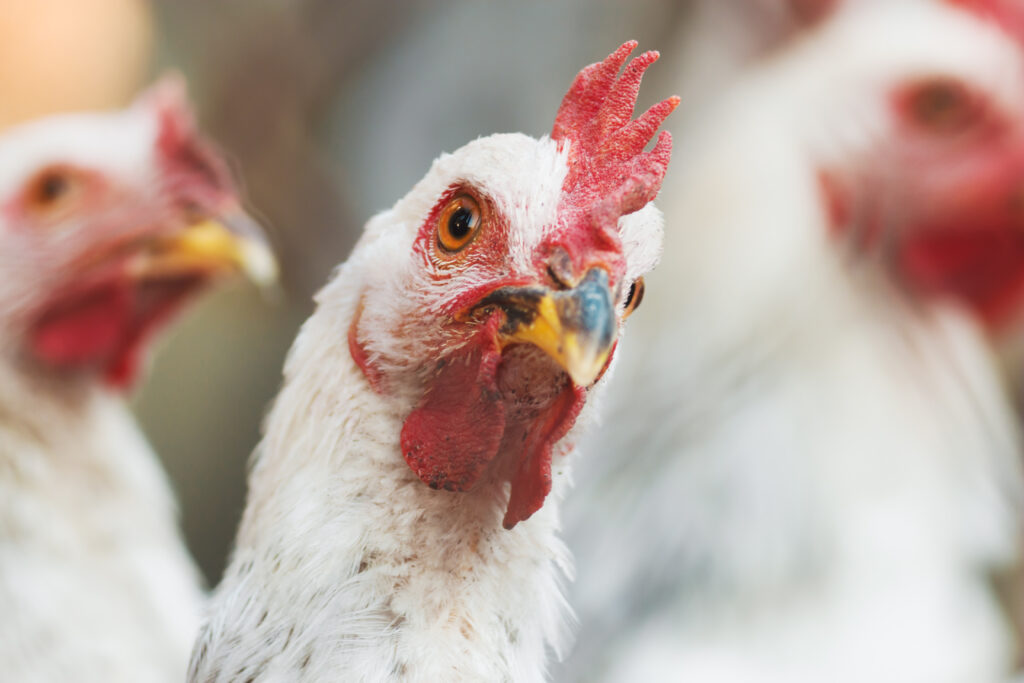Lessons Learned from a Super Chicken

William Muir, an evolutionary biologist from Perdue University, created a simple experiment to better understand the productivity of chickens. He wanted to know what would make a flock of chickens more productive – an easy thing to measure as you just count the eggs.
The Experiment
First, he created an average flock made up of average chickens. He left them alone to do what they do best for 6 generations. In a second flock he selected only the most productive chickens. With each successive generation he would select only those chickens that were most productive, creating, in a word, a super flock.
After 6 generations, here is what he found. The average flock of chickens was thriving. Everyone was plump, healthy, and, quite dramatically productive.
In the super flock…only three chickens were still alive. They had pecked the others to death. As Margaret Heffernan, prolific author, professor and CEO, in her popular TED Talk says of the experiment, “The individually productive chickens had only achieved their success by suppressing the productivity of the rest.”
Super Flocks in the Workplace
Heffernan says she has travelled the world recounting the tale of the super flock. Everywhere people told her, “That super flock…that’s’ my company,” or “That’s my life.”
William Muir’s experiment is significant in how we think about productivity in people and teams. This is particularly important now that a global pandemic has forced us to completely alter how teams work together. As Heffernan states, “For the last 50 years we’ve run organizations based on the super chicken model. It is high time we rethink how we measure productivity, and how we support our teams.”
Successful Teams
We have empirical evidence from the now famous MIT study* on what makes the most effective, successful, and productive team. Surprisingly, it is not collective intelligence, or the inclusion of super-performers that predicted success. Instead, the highest achieving teams had three key characteristics:
- They showed high degrees of social sensitivity to each other, willingness to let all its members take turns and apply their skills to a given challenge
- They gave roughly equal time to each other
- Had more women in the group
The ultimate characteristic of a successful team is their social connectedness. Over the last ten years, further studies, like Google’s Project Aristotle have looked at team dynamics and also concluded that what happens between people really counts.
Social Capital
Lessons learned from these studies are invaluable to teams of all sizes and in all industries. We use them as a basis for our supervisory trainings on how to build a successful team. Heffernan says the answer is social capital. Her TED Talk highlights example after example of where companies have benefitted from deliberately building cohesiveness among their employees.
The question now is, how do we build this social capital and know that our teams are productive and effective when we are working farther apart from each other, loosely bound together by zoom calls and bandwidth.
Look out for our next post on what has worked for those companies that have always worked virtually, and explore ideas that have been implemented since the pandemic limited in-person work.
* The study was conducted by Anita Williams Woolley of Carnegie-Mellon, Christopher F. Chabris of Union College, and Alexander Pentland, Nada Hashmi and Thomas W. Malone, all of MIT. Science 29 Oct 2010: Vol. 330, Issue 6004, pp. 686-688, DOI: 10.1126/science.1193147

